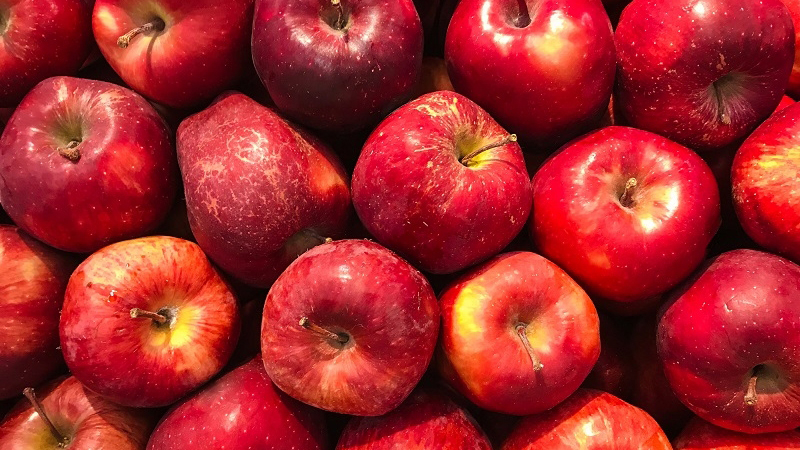Duda Farm Fresh Foods Partnering With Powerful Brands
During the recent food safety reform debate, much was made of the “big vs. small” grower divide. But, in some instances, larger growers seek to partner with smaller to mid-sized operations and the relationships can bring benefits to both.
Such is the case with Duda Farm Fresh Foods, which has partnered with outside growers for nearly 20 years. Today, the Oviedo-based produce and citrus operation works with 14 growers in its Eastern Vegetable operations and many more in its Western Vegetable operations. For the smaller growers, it provides all the benefits and scale a large operation brings to bear. For Duda, it adds volume to its own farming operations and year-round access to its customer base.

Dan Duda
According to Dan Duda, president and COO of Duda Farm Fresh Foods, celery and radishes is what his family’s company is most known for, but partner growers help fill out their additional offerings.
“We started partnering with growers in sweet corn about 18 years ago,” he says. “We saw this as a significant opportunity but felt our expertise was more in celery and radishes. So, we partnered with other smaller growers and fairly large growers who specialized in sweet corn.”
Currently, Duda works with sweet corn growers in Florida, Georgia, and Michigan, providing a year-round supply. Partnerships have extended into other crops including celery, radishes, and leafy greens in those states, as well in western states with additional crops.
“As a company, we have to devote our resources to generate volume and consistency for our customers,” says Duda. “Our partner growers do a great job in complementing our smaller lines and main product lines of celery and radishes.”
Big Grower Benefits
Without question, food safety is or should be on top of every grower’s priority list. Duda says food safety is of the utmost importance to his family’s company and partner growers. Jean Hamil, food safety and environmental coordinator for Duda Farm Fresh Foods, works with the company and partner growers to ensure the highest standards and practices are in place.
“In our contract with partners, we require all FDA and USDA guidelines are met, and we establish programs with each grower,” says Hamil. “Our food safety program and manual follows the Global Food Safety Initiative (GFSI).”
Hamil helps partners prepare for third party food safety audits that are required under the GFSI and by most of Duda’s customers. Growers get ready by conducting pre-audit practices with her help.
The entire produce industry awaits the new rules to come down as the Food Safety Modernization Act is implemented. Because of their comprehensive food safety protocols and ability to trace back quickly, Hamil is confident Duda Farm Fresh Foods and partner growers will be ahead of the game when new rules come down.
Pick Your Play
We Are Farmers
As for the future, Duda says the company looks to first expand and grow with its existing base of growers. “This can change and vary with the product, season, and location,” he says. “However, we always are looking to partner with the best and most quality-focused growers in the industry.”
 R&D Reaps Results
“Our in-house R&D is just another example of how we can benefit our partner growers,” says Duda. “They have exclusive access to our varieties that are in high demand from our customers.”










